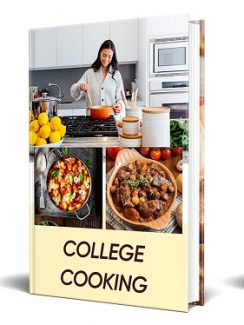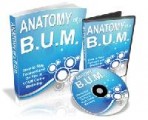
 License Type: Private Label Rights
License Type: Private Label Rights  File Type: ZIP
File Type: ZIP
 SKU: 65245
SKU: 65245  Shipping: Online Download
Shipping: Online Download
Sample Content Preview
1. Eat 3 meals and 2-3 snacks daily: Make time for meals . Eating 3 meals per day plus snacks will provide you with energy that will last all day and keep your metabolism active. Pack healthy, portable snacks such as fruit or a granola bar when you know you will be on the go.
2. Build meals with complex carbohydrates: Carbohydrates are the main fuel source for the mind and muscles. Complex carbohydrates include whole wheat bread, cereals, pastas, rice, beans, and other starchy vegetables.
3. Include protein at each meal. Protein provides essential amino acids which are the building blocks for the body’s tissues. Lean sources include non-fat or 1% milk, yogurt, low-fat cheese, skin-free poultry, seafood, lean red meats, tofu, soy, egg whites and beans.
4. Limit high fat foods: Fats provide essential fatty acids which help transport nutrients and provide energy. Some fat is important, but too much will provide excess calories.
5. Limit high sugar foods: High sugar foods like soda, candy and desserts are high in calories and low in nutrients.
6. Stay hydrated: Proper hydration is important for healthy skin and organs.
Drink water even if you are not thirsty. If you wait until you are thirsty, you are already partially dehydrated. Carry a bottle of water in your backpack.
7. Relax, turn off the TV and enjoy your meals. Listen to your body as to when you are hungry and when you are satisfied. Taking your time while eating will help you feel when you are satisfied instead of over eating.
8. Confused? Contact an IPFW Dietitian at the IPFW/Parkview Health and Wellness Clinic. Call 481-6647 or email [email protected] to schedule an appointment. This is a free service for IPFW students!
Back to the Basics
Nutrition Basics 101
2009-2010 College Cooking 101
Sample Menu Ideas
Prepared by: Judy Tillapaugh, RD
Breakfast
1 ½ cup Raisin Bran
1 cup milk (preferably skim or 1%)
banana or ½ cup 100% juice
Lunch
6” Turkey Sub w/ veggies
baked Doritos
Water, milk, or tea
Snack
fruit, pudding, or granola bar
Dinner
1 cup cooked pasta
½ cup pasta sauce
shredded cheese
3oz chicken breast
1 cup milk
fruit or vegetables
Snack
½ - 1 cup ice cream
Breakfast
Fruit, yogurt, and granola parfait
milk
Snack
low-fat yogurt and grapes
Lunch
tuna with light mayo and crackers
milk or light
Snack
fruit, carrots, pudding, or granola bar
Dinner
broccoli rice casserole
1 pc bread with butter
fruit
1 cup milk
Snack
bagel with light cream cheese
Breakfast
english muffin with light cream cheese
mocha made with skim milk
fruit
Snack
trail mix from vending machine
Lunch
kids meal from McDonalds
w/ skim milk
Dinner
grilled cheese
tomato soup
salad w/ light ranch dressing
Snack
3 cups light microwave popcorn
Smart Grocery Shopping
1. Concentrate shopping time around the perimeter of the grocery store. Fill your cart with produce first. 2. Watch your beverages. Choose 100% fruit juices instead of juice drinks and beware of soft drinks, which can contain up to 11 teaspoons of sugar.
3. Do not shop when you are hungry.
4. Think whole grains! Cereals are a great source of fiber. Find cereals with at least 5g fiber per serving. 5. Beware of featured items at the end of aisles and at the check out counter. These foods are usually loaded with fat and calories plus make you spend more money on things you don’t really need. 6. Make a list, and stick to it.
- License: Private Label Rights
- Category:Ebooks
- Tags:2023 Ebooks Private Label Rights







